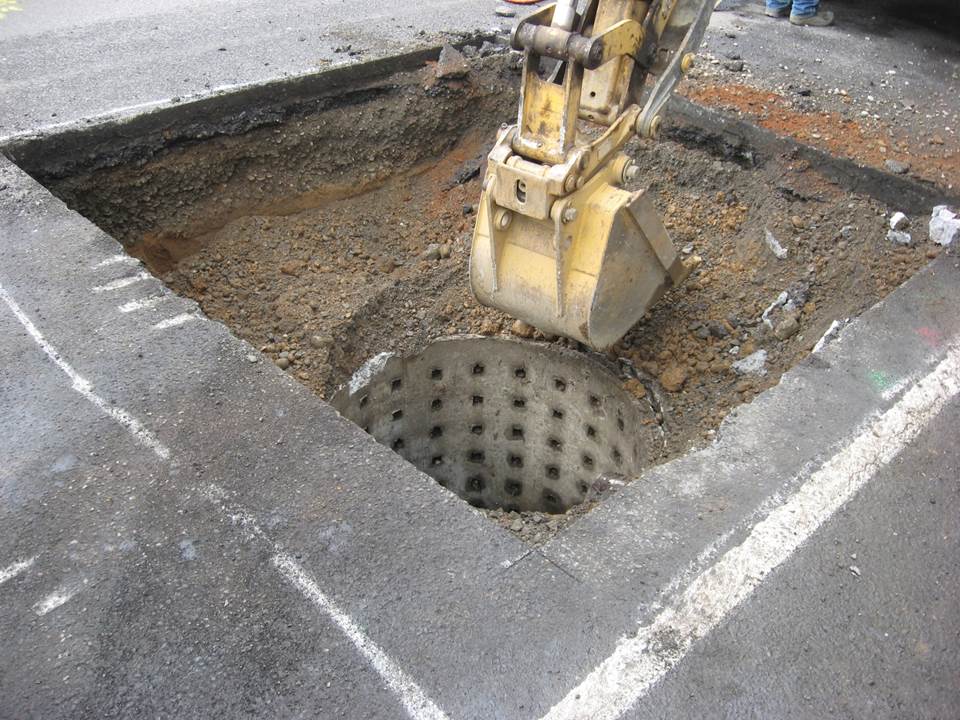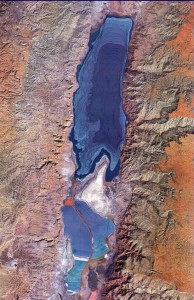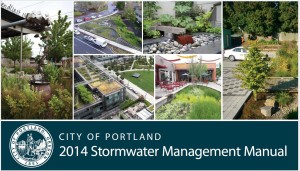DATE: Wednesday, May 25th, 2016
PLACE: Hawthorne Lucky Lab Brew Pub, 915 SE Hawthorne Blvd
TIME: 11:30 a.m. Networking, 12:00 – 1:00 p.m. Presentation
SPEAKER: Torrey Lindbo, City of Gresham
TOPIC: Retrofitting Stormwater Injection Facilities to Protect Groundwater Resources
Drywells, which are technically referred to as Underground Injection Control (UIC) devices, have been used for decades by numerous jurisdictions throughout Oregon to manage stormwater. The City of Gresham own and operates 1,100 public UICs, some which have been in place since the 1960’s. While UICs have been around for a long time, the permits that regulate their operation and the scientific understanding about risks to groundwater that the permits are designed to protect are relatively new.

Prior to receiving their Water Pollution Control Facility (WPCF) permit in January 2013, the City of Gresham began working on a variety of projects to ensure that the UICs they own would be protective of groundwater and meet/exceed the requirements they anticipated could be in the permit they were finally issued. Groundwater protection is extremely important in Gresham, as a large portion of the area where UICs are used to manage stormwater is within the city’s wellfield protection area. Prior to making changes or retrofits to UICs, the city did the following:
- – Manhole lids were added to 140 UICs that were constructed before having access was the public works standard;
- – Stormwater data and geological data were collected to model subsurface pollutant fate and transport;
- – Groundwater borings were made to determine depth to groundwater in areas the USGS data didn’t seem to align with field observations;
- – Any drywell suspected of having the bottom depth within 10 feet of seasonal high groundwater was cleaned and the depth measured;
- – The locations of all public and private wells (drinking, irrigation, other) was field verified to determine the horizontal distance between UICs and the wells.
Based on system-wide information gathered through this process, the city was able to develop a master plan to focus on correcting some of the issues identified. The groundwater protectiveness modeling work identified 5 UICs that did not have adequate vertical separation from groundwater and horizontal separation from nearby wells – the final project to correct those UICs is currently under construction. In addition to “fixing” these UICs that did not comply with the WPCF permit, the city also worked on fixing issues with UICs that had been identified as having capacity issues, as well as adding spill containment as pre-treatment for 110 UICs that were determined to be high risk. The city recently just completed work on most aspects of this project, so Torrey will be sharing his experience trying to understand the city’s system and make informed decisions to protect groundwater, while also taking advantage of UICs as a means to infiltrate stormwater in the urban environment.
Torrey has spent the past nine years working on stormwater management in the City of Gresham’s Department of Environmental Services. The Water Sciences group he manages is responsible for managing stormwater, streams and natural resources within the city. Much of his time is spent on regulatory issues related to permits issued to the city for surface water (NPDES MS4) and groundwater (Water Pollution Control Facility for UICs). Prior to coming to the city, he spent 11 years running a watershed monitoring program at Portland State University. He has a Masters in Environmental Science and Engineering from the Oregon Graduate Institute.


 This presentation will discuss the goals of the proposed 2016 revisions to the City’s SWMM, key highlights to look forward to, and a summary of the public comment and adoption process. A draft proposed SWMM will be released for public comment in April. The public comment period for proposed changes will be April 4th through May 2nd. Highlights of the 2016 SWMM revisions include:
This presentation will discuss the goals of the proposed 2016 revisions to the City’s SWMM, key highlights to look forward to, and a summary of the public comment and adoption process. A draft proposed SWMM will be released for public comment in April. The public comment period for proposed changes will be April 4th through May 2nd. Highlights of the 2016 SWMM revisions include: